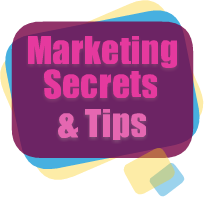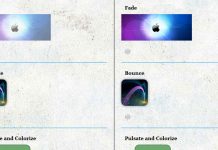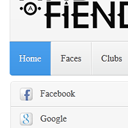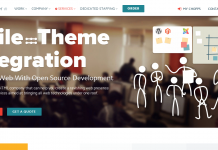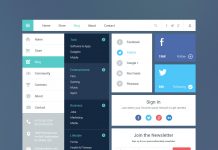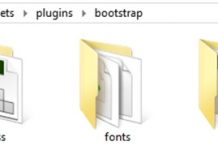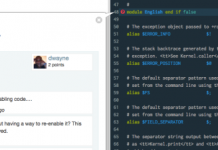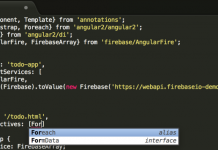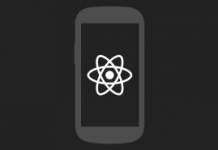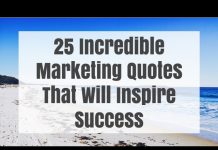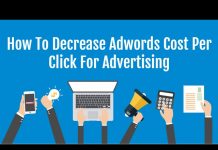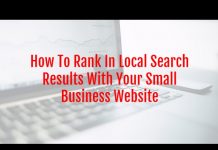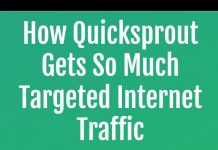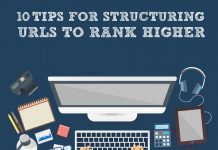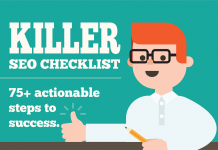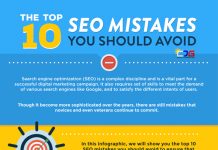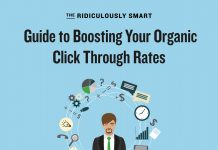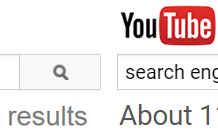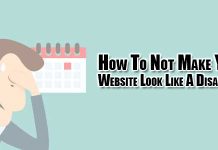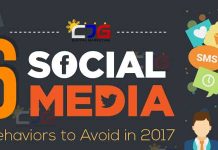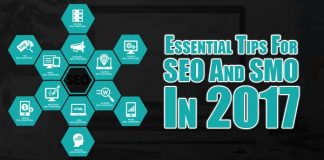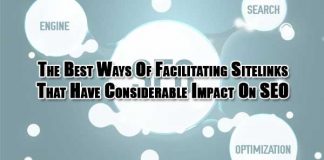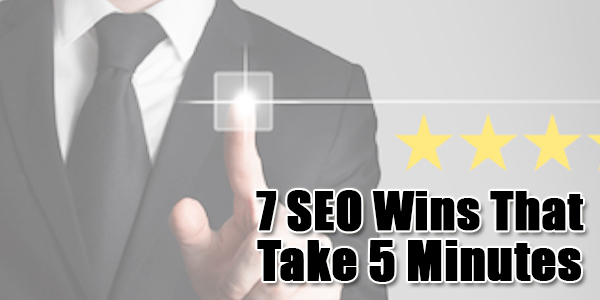
The goal of search engines will always be the same – provide high-quality content that answers the user’s query. We, business and content providers, have one goal – make our website a reliable source on top of the search engine results page (SERP).
That’s why SEO came to life. However, SEO is not a priority for most people. It is often the last thing consider after web development and design. No one will see your awesome page if you do not take the time to use SEO tools to your advantage. That’s why we have a treat for you – how to make your page appear on top and be as reliable to Google. Here are seven ways to optimize your website in a matter of minutes.
1.) Creating A Pre-Publish Content Checklist:
‘By failing to prepare, you are preparing to fail.”
A wise man named Benjamin Franklin said this. Look at where it got him.
Before going to the technicalities, set aside a few minutes to think how you will go about the process of optimizing your website. SEO is not only concerned with link building; other things come into play. One of them is making sure you are using the right keywords.
The checklist should include a list of keywords that target your brand, products, and services. That way, you can easily visualize the direction you’re heading. Ask yourself these questions as part of pre-publishing prep:
- Does the keyword fit the content?
- Is the keyword in the title?
- Was I able to include the keyword in the meta description?
Through the questions, you can review your work and reflect on which parts to improve. Also, add the question: “Does it answer the search query?” to the list as this will be your guide in producing high-quality content.
2.) Using A High-Value Keyword:
Not knowing a which keyword to include does not mean you can use ANY keyword you wish to use. There are tools (free and premium) you can use to find which ones will result in a conversion. Google Search Console can generate keywords that drive traffic. It’s free, and it only takes a minute to produce the results.
3.) Upgrading Old Content:
Probably the reason why your website isn’t ranking or why it dropped is because of outdated content. Users want timely, relevant and accurate information. If your site does not provide what they’re looking for, they won’t waste their time lingering on your site. There are hundreds of sites online that can provide what they need.
It’s also easy for your visitors to leave without waiting for the site to load. When they close the browser tag without waiting for the page to load, it increases bounce rate. Bounce rate negatively affects ranking.
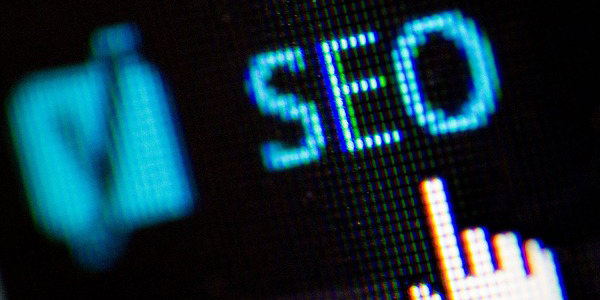
4.) Adding Image Alt Tags:
Image alt tags are the alt and title attributes, which helps describe what’s in the picture as well as its function in the web page. Screen readers also use the alt tag for the blind and visually impaired.
The title attribute shows up when you hover over the image. The alt text is also useful for SEO. When used strategically, it can direct users to your post. Thus, it increases the views of your website. You can use your keyword as an alt text.
5.) Writing A Meta Description:
A meta description is only a hundred sixty characters. If you can max out the Twitter character limit, then you can create a meta description using less time.
The meta description is below the links in the SERP. It provides a summary of the web page. Meta description allows the user to decide if the content in the page is relevant to their search. You can use this opportunity to include the keyword to show that your page has the information the user needs.
6.) Checking The Website Speed And Size:
Speed is a ranking factor in Google. If your page loads more than 400 milliseconds, there’s an enormous potential of losing visitor and sales. Take time to check your website speed now and then to see if your page response is acceptable.
Google Analytics can check your site’s speed. Website performance has a maximum grade of 100. Anything below 80 is not a good sign. Speed varies across devices so be sure to check the speed for desktop and mobile devices.
Speed and size go hand in hand. If your page is heavy on images and graphics, the page loading time becomes affected. Here’s something to remember: text to HTML ratio should be 10 to 15%. There should be at least some text in your site search engines can identify the content make it visible on the results page.
7.) Crawling Efficacy:
Crawling is the search engine’s job. Google has bots that follow the links on your website now and then to check and read the contents, so the site will show up in the index. Naturally, crawlers are free to access your site, but it’s worth verifying if they aren’t blocked from your website.
You can check the site’s robots.txt file if there’s a command that blocks crawlers. A robots meta tag is another way for the crawlers to prevent them from including your page to the index. Lastly, Google checks the HTTP header. The header contains a status code, and if it says the page doesn’t exist, then the bots won’t crawl the site.
It only takes thirty-five minutes to accomplish all of these. There’s no reason to shy away from applying SEO methods to your website. Most of the time, the problem isn’t in your design and structure. It’s more of being in the background.
 About the Author:Mark Joshua Santos is a Filipino Blogger, and a digital marketing enthusiast that writes for Optimind. It is a company that develops mobile apps, SEO, and web design company in the Philippines.
About the Author:Mark Joshua Santos is a Filipino Blogger, and a digital marketing enthusiast that writes for Optimind. It is a company that develops mobile apps, SEO, and web design company in the Philippines.

